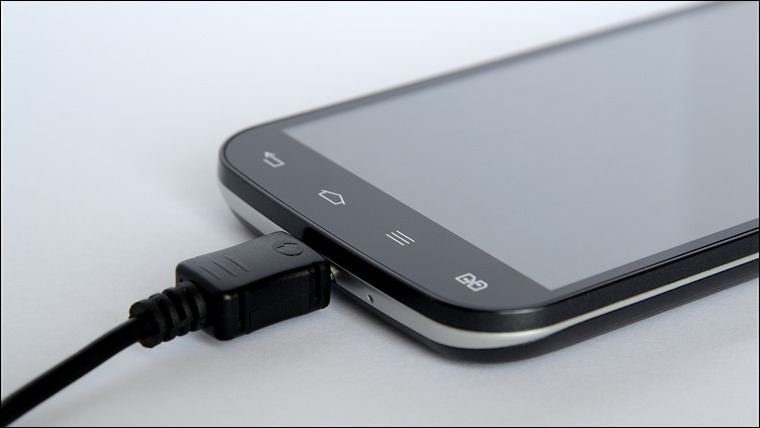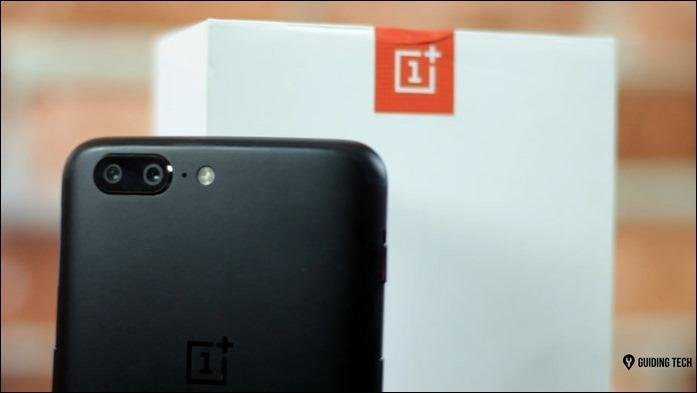But with iOS 8, Apple is acknowledging this problem and is providing users with app specific battery use. While the data is not as specific as Android, it is something. This omission of context can be a double edged sword. How can you judge which app to delete and which to keep solely on the battery use percentage? What all things can you do to increase your iPhone’s battery life? Read on to find out.
1. Use iOS 8’s Battery Usage Statistics
It’s easier to find than Waldo. Go to Settings -> General -> Usage -> Battery Usage. Below the total battery time and the usage time you’ll find a list of apps that use the most battery listed in a descending order. The apps that take up the biggest chunks of battery life will be at the top. You can see the app usage for the past 24 hours or two days. The apps that are on top are the culprits. Here you’ll find Facebook, Instagram etc. Or an app that’s gone rogue. Now that you know which apps are using the most battery, what do you do? That’s the next step.
2. Disable Location Services And Background App Refresh
Location Services (GPS) and Background App Refresh are the two biggest battery killers. If you have Location Services turned on for every app, the phone will constantly keep updating your location, which eats battery. The same goes for Background App Refresh. Apps like Twitter and Facebook are notorious at refreshing in the background so you have the latest updates the second you launch the app. That second or two extra waiting time is not worth the lost battery life. So go to Settings -> Privacy -> Location Services and turn off the access to any apps that don’t need it. Then go to Settings -> General -> Background App Refresh and turn off access to apps like Facebook, Instagram, Twitter or turn off Background App Refresh altogether. Are iOS 8 widgets a battery killer?: iOS 8 added support for widgets in the Notification Centre (check out our running list of the best widgets here). Widgets run separate from the apps and their data cannot be refreshed in the background. The only time they update is when you pull down the 4. If you use a lot of widgets that need to communicate to the web, this can drain your battery. But over all, as of right now, widgets are not a major battery killer. Especially if you don’t pull down the Notification Centre unnecessarily.
3. Cell Signals And Network Settings
LTE can be a big battery killer. Go to Settings -> Cellular and disable LTE. If you’re facing problems with the cell tower, go to Cellular Data Network, scroll all the way down and then tap Reset Settings. If you’re in an area where reception is bad, your phone will constantly keep looking for something to connect to and in the end not find anything. If this is the case, just turn on Airplane mode and save some battery.
4. Soft Reset
After updating to iOS 8, a soft reset is recommended. Hold down the power and home button until the phone is turned off. The rebooting will take some time. In the process of soft resetting, the phone resets basic settings of the phone that might have been messed up during the direct update.
5. Quit Power Hungry Apps
iOS does a stellar job of putting apps you’re not using to sleep. But there are some apps like Google Maps, TomTom navigation, Spotify, Pandora etc that run in the background even when you’re done using them. So double click the home button and swipe up on the app previews to kill these apps for good.
How’s Your Battery Life On iOS 8?
Have you updated to iOS 8? How’s the battery life? Let us know in the comments below. The above article may contain affiliate links which help support Guiding Tech. However, it does not affect our editorial integrity. The content remains unbiased and authentic.










